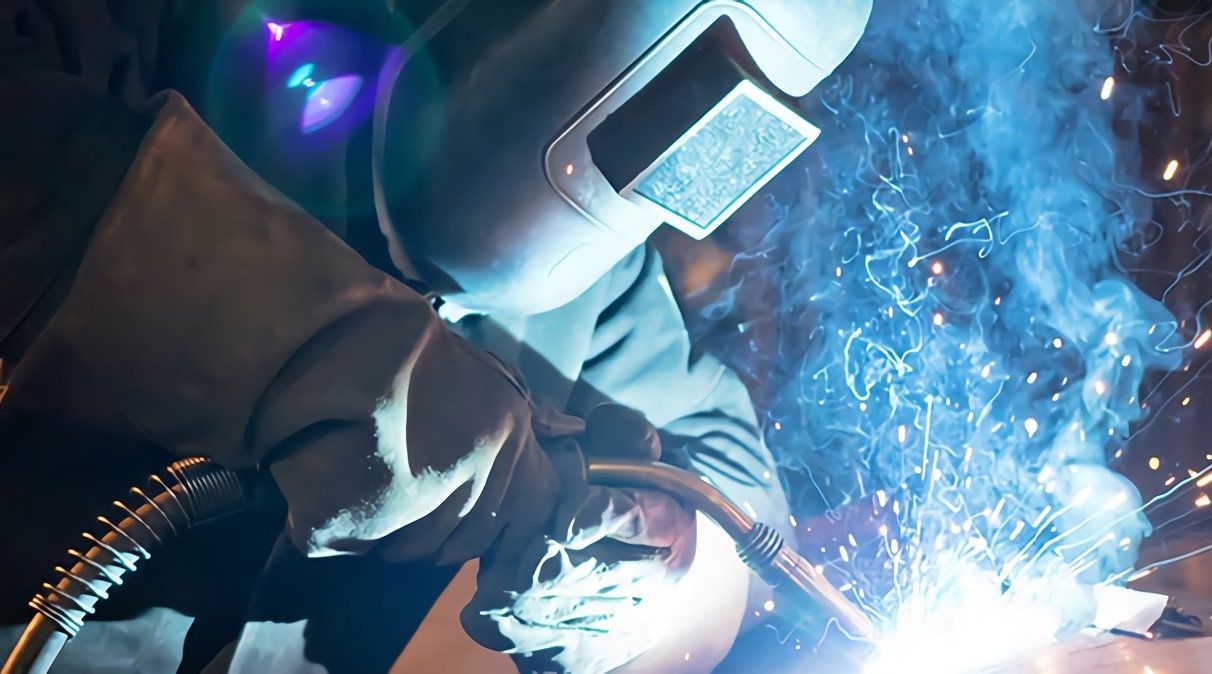Gas metal arc welding, or MIG welding, is a popular technique that utilises a consumable wire electrode and a shielding gas to protect the weld from contamination. The mig shielding gas is essential to the MIG welding process, as it prevents the weld from oxidising and forming impurities.
In this blog post, you will explore the role of this shielding gas in welding, its benefits and its applications in different industries.
The Role of Gas in MIG Shielding
In MIG welding, the shielding gas protects the weld from contamination by preventing the air from reacting with the molten metal. This is accomplished by creating a gas shield that is free from oxygen and other contaminants around the welding area. The gas is typically a mixture of argon, carbon dioxide, and other gases, and the specific composition of the gas can vary depending on the material being welded and the welding process being used.
Benefits of Gas Shielding
Using gas for MIG shielding provides several benefits, including:
- Improved Weld Quality – By creating a gas shield around the welding area, the weld is protected from contamination and impurities, resulting in a higher quality weld.
- Reduced Spatter – Gas shielding can also reduce spatter, the small pieces of molten metal that can fly out of the weld and create a messy and uneven appearance.
- Increased Weld Speed – Gas shielding can also increase welding speed by allowing for higher amperage and faster travel speeds.
- Versatility – Gas shielding can be used for various materials, including steel, aluminium, and stainless steel.
Applications of MIG Shielding Gas
mig shielding gas has several applications in various industries, including:
Automotive Industry – In the automotive industry, gas shielding is commonly used for welding car frames, body panels, and exhaust systems. Car frames require strong and durable welds to ensure the safety and longevity of the vehicle. Welding body panels requires precision and finesse, as the panels must fit together seamlessly to create a smooth and polished finish.
Aerospace Industry –In the aerospace industry, gas shielding is used for welding aircraft frames, engine components, and other critical parts. Gas shielding ensures that the welds are free of contaminants and impurities that can weaken them and compromise the safety of the aircraft.
Construction Industry – The construction industry also relies on gas shielding for welding steel structures such as bridges and buildings. Welds in these structures must be strong and durable enough to withstand the test of time and the elements. Gas shielding helps prevent the formation of impurities that can weaken the weld and compromise the structural integrity of the building or bridge.
Manufacturing Industry – In the manufacturing industry, gas shielding is used for various applications, including welding industrial equipment, machinery, and tools. Welds in the manufacturing industry must be strong, durable, and precise to ensure the proper function of the equipment or machinery. Gas shielding helps prevent the formation of impurities that can cause defects or flaws in the welds, which can result in equipment failure and costly repairs.
In conclusion, gas shielding is an essential component of the MIG welding process, providing several benefits, including improved weld quality, reduced spatter, increased welding speed, and versatility. Gas shielding is used in various industries, including automotive, aerospace, construction, and manufacturing, and the specific gas used depends on the material being welded and the welding process being used. Understanding the benefits and uses of gas shielding for MIG welding is crucial for achieving high-quality welds and successful welding projects.
